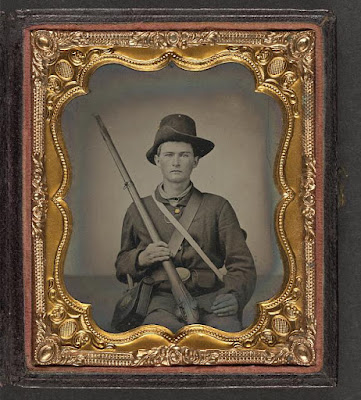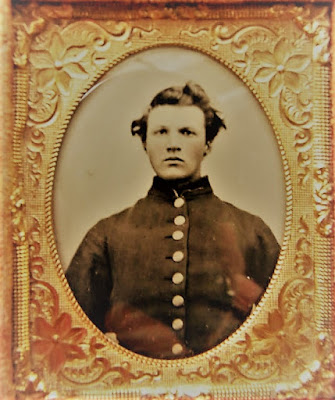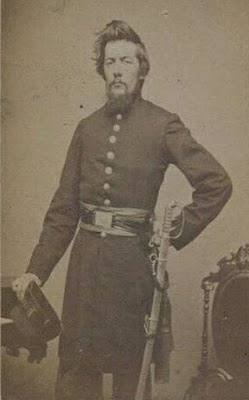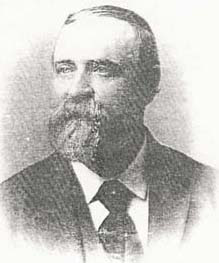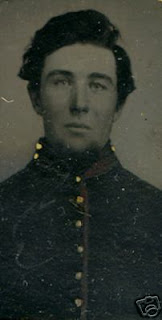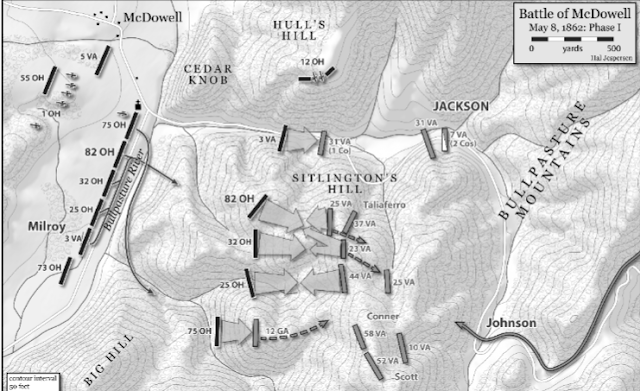Butchered at Bull Run: Milroy's Blundering Costs the 82nd Ohio Its Commander

Robert Milroy comes down from history as one of the more colorful generals from the Civil War: b old, rash, and thoroughly devoted to the cause of the Union . Milroy had a poor combat record in Virginia: he was defeated at McDowell, led his brigade into slaughter on the first day of Second Bull Run, and had his garrison by and large captured at Second Winchester in 1863. Soldiering under Bob Milroy was anything but pleasant for the thousands of Ohioans who served under his command during the war. In the case of the 82 nd Ohio, it meant a lengthy casualty list at Second Bull Run that also cost the regiment its commanding officer Colonel James Cantwell . Milroy's nickname was "The Gray Eagle" for his gray hair and piercing eyes Major General Carl Schurz described Milroy as “an Indianan of gaunt appearance and was strikingly Western in character and manners. When he met an enemy, he would gallop up and down his front, fiercely shaking his fist at the ‘Rebel scou
